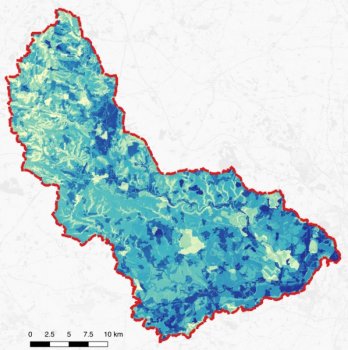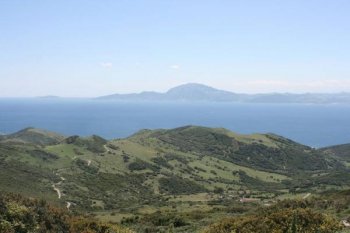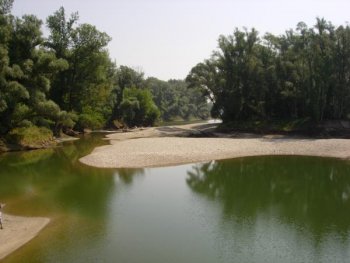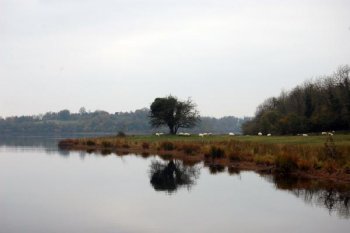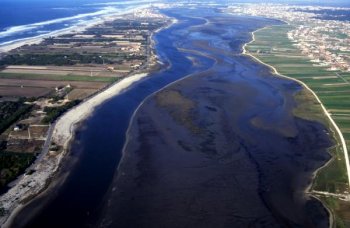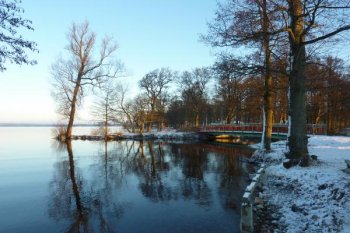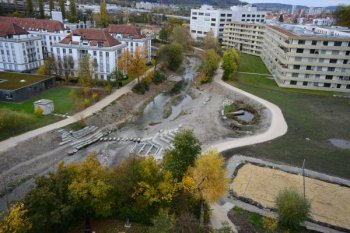GIZ ValuES - The value of insect pollinators in Himachal Pradesh, India
The study also aimed at enhancing the wider understanding of the significance of pollination services to the mountain agricultural economy. Institutional capacities at provincial and national level needed to be strengthened to promote honeybee pollination management.

